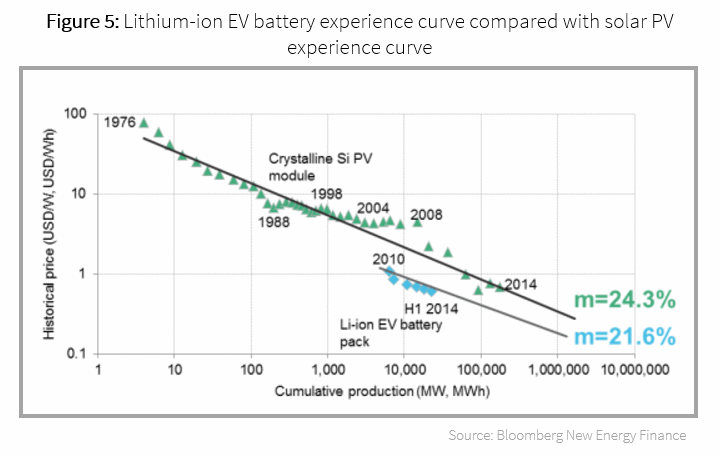A funny thing happened this year that hasn’t happened for a very long time. I am not talking about Leicester City winning the Premier League or the Cleveland Cavaliers knocking off the heavily favored Golden State Warriors. I am not even talking about the U.S. Women’s National Soccer Team losing in the Olympics in the quarter finals. I am talking about CO2 emissions. For the first time since 1979, CO2 emissions from power plants in the United States were less than CO2 emissions from the transportation sector. This was highlighted in a recent vox.com article.
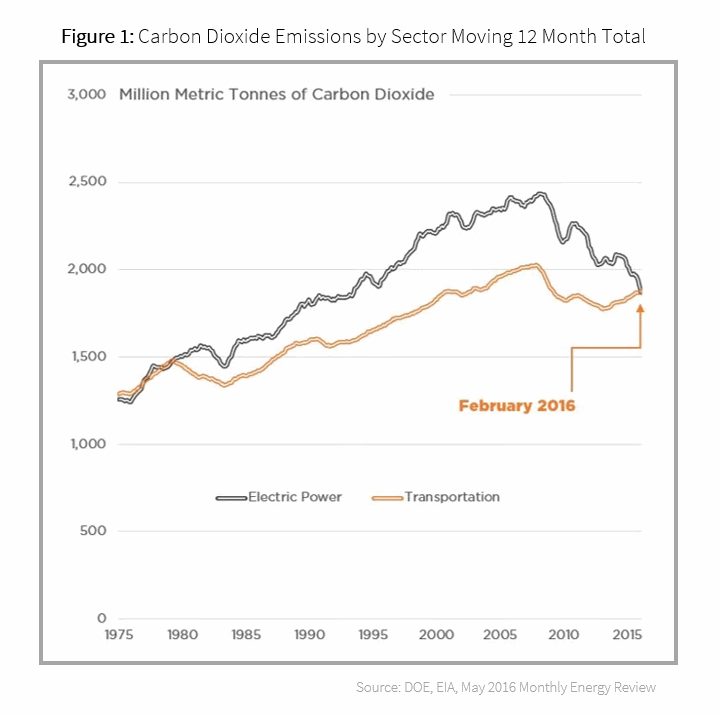
This is a very big deal
Carbon emissions from transportation are down at levels not seen since the early 2000’s, despite a recent uptick. However, carbon emissions from electric power plants in the United States are at levels not seen since the early 1990s and have dropped by around 25% in just the last 8 years.
The U.S. electric power generation sector has had tremendous success in decarbonization because of technology developments in relatively proven alternatives. Between 2008 and 2015, the share of electricity generated from natural gas jumped from 21.4% to 32.7%. The share of electricity generated from wind and solar jumped from 3.1% to 7.3%. The amount of electricity generated from solar grew by nearly 30 times from 2008 to 2015. Over that same time period, the share of U.S. electricity generated from coal dropped from 48.2% to 33.2%.
It’s all about cost
The story is basically one of cost. Since 2008, the cost of wind, solar and natural gas have dropped precipitously. Costs for:
- Utility scale solar have dropped by 50-80%
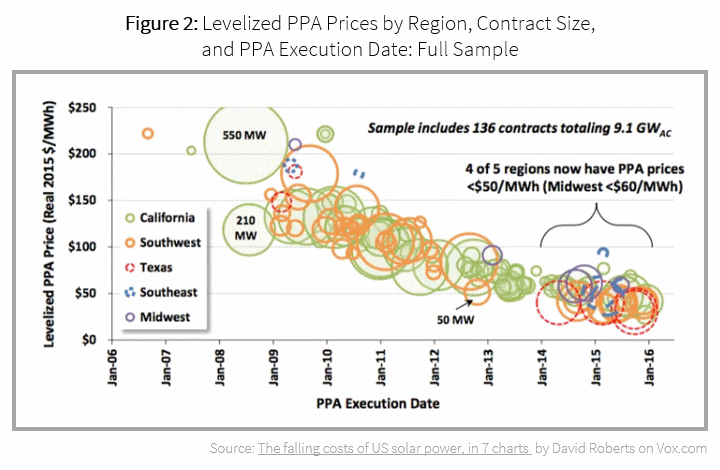
- Natural gas prices have dropped by close to 75%
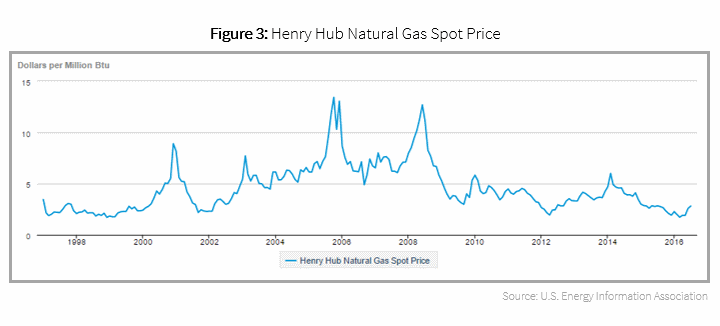
- Wind prices have dropped by over 50%
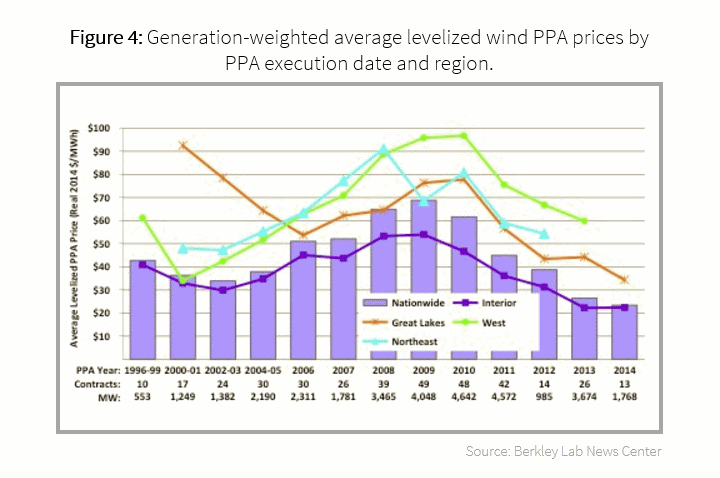
These three resources are quickly beating out coal and even nuclear on cost. None of these three technologies was new, with solar having by far the lowest penetration in 2008. They simply matured and worked their way down the cost curve rapidly over the last eight years.
The problem of carbon emissions from transportation is more challenging. The electric utility industry had 6 primary sources of electricity generation – 4 carbon free (nuclear, hydro, wind and solar) and 1 lower carbon (natural gas). Changing the mix of those resources and using electricity more efficiently led to dramatic reductions in carbon emissions. Transportation doesn’t have such ready choices. Gasoline powered internal combustion engines and diesel powered engines dominate passenger vehicles and heavy duty trucking respectively. There are no easy shifts like replacing aging coal plants with solar, wind and natural gas.
Strategy for decarbonizing transportation
The most viable carbon reduction strategy for the transportation industry is vehicle electrification. The cost of lithium ion batteries has dropped by about 50% over the last 8 years.
Lithium ion batteries also are following a similar “experience curve” as solar, leading to steady cost declines. However, electric vehicles make up less than 1% of all passenger vehicle sales in the United States. Driving electric vehicle sales (pun intended) requires significant changes in consumer behavior. Incumbent auto manufacturers have little incentive to drive this change.
Enter the utility superhero!
No entity is better poised to drive consumers to electric vehicles than electric utilities. Electric vehicles help drive load for utilities that are facing flat to declining load for the foreseeable future. Further, electric vehicles can help utilities balance the grid as they have significant flexibility around charging times with a typical electric vehicle charging for 2-6 hours a day. Electric utilities also have the customer relationships and can serve as the “trusted energy adviser” for their customers.
Utilities have a lot of tools to help push vehicle electrification. They can rely on traditional incentive programs. They can also build out charging infrastructure to make it easy for electric vehicles to charge. Perhaps most importantly, they can help make it easy for their customers to compare the costs of purchasing and operating an electric vehicle to a gas-powered vehicle, see the impacts of changing electric rate plans, and in some cases, even analyze the benefits of combining an electric vehicle with rooftop solar.
Utilities have the tools. They can repeat their power plant successes and help decarbonize transportation. It’s time to build the bottom line and be the carbon reduction superheroes.

